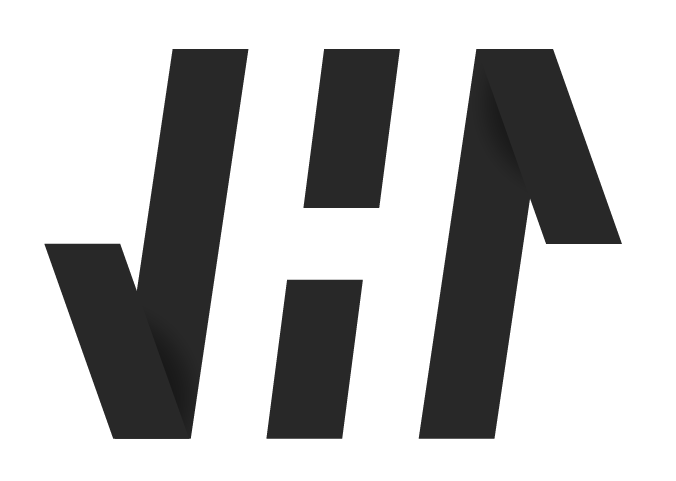This is a visual experiment using AI tools to generate virtual models wearing different outfits.
It’s part of my independent project called Meta Models.
It’s part of my independent project called Meta Models.
Approach & Challenges
Working on Meta Models wasn’t just about writing and copying cool, trendy prompts. It was about pushing the limits of what AI can do in fashion visuals.
My challenges were:
✨ Capturing beauty and realism without falling into the "AI look"
🌍 Representing diversity across skin tones, body types, and styles
🔧 Fixing weird AI artifacts (hands, faces, anatomy…)
👗 Applying real-world clothing in a way that looked truly believable — with proper textures, fit, and fabric behavior
This meant a lot of prompt refinement, testing, and visual decision-making — balancing creative vision with technical tweaks.
🎭 Realism vs. The "AI Look"
At first, I thought the latest Midjourney versions would give me hyper-realistic results effortlessly. I was wrong 😅
To truly break away from that recognizable "AI look", I had to learn not only how to write better prompts but understanding how different models and LoRAs work in Stable Diffusion. Terms I hadn’t even heard of before this project.
Here are some before-and-after results:
Here are some before-and-after results:
Before

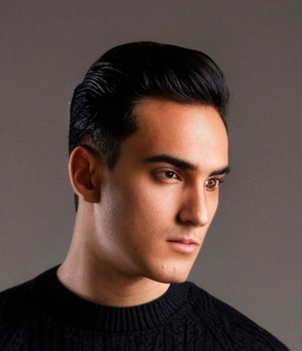
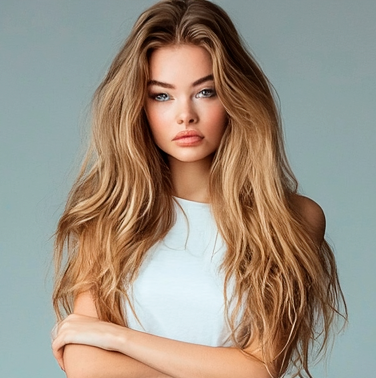

After:
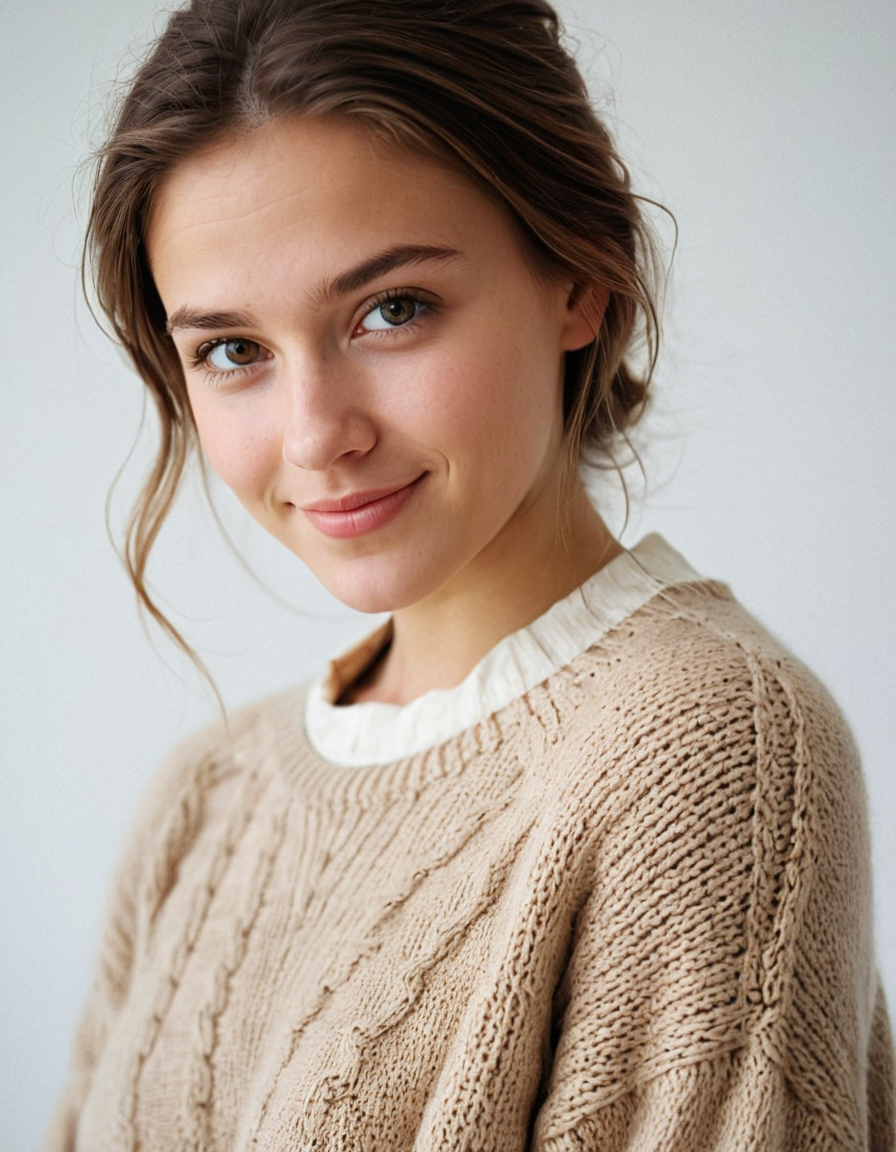
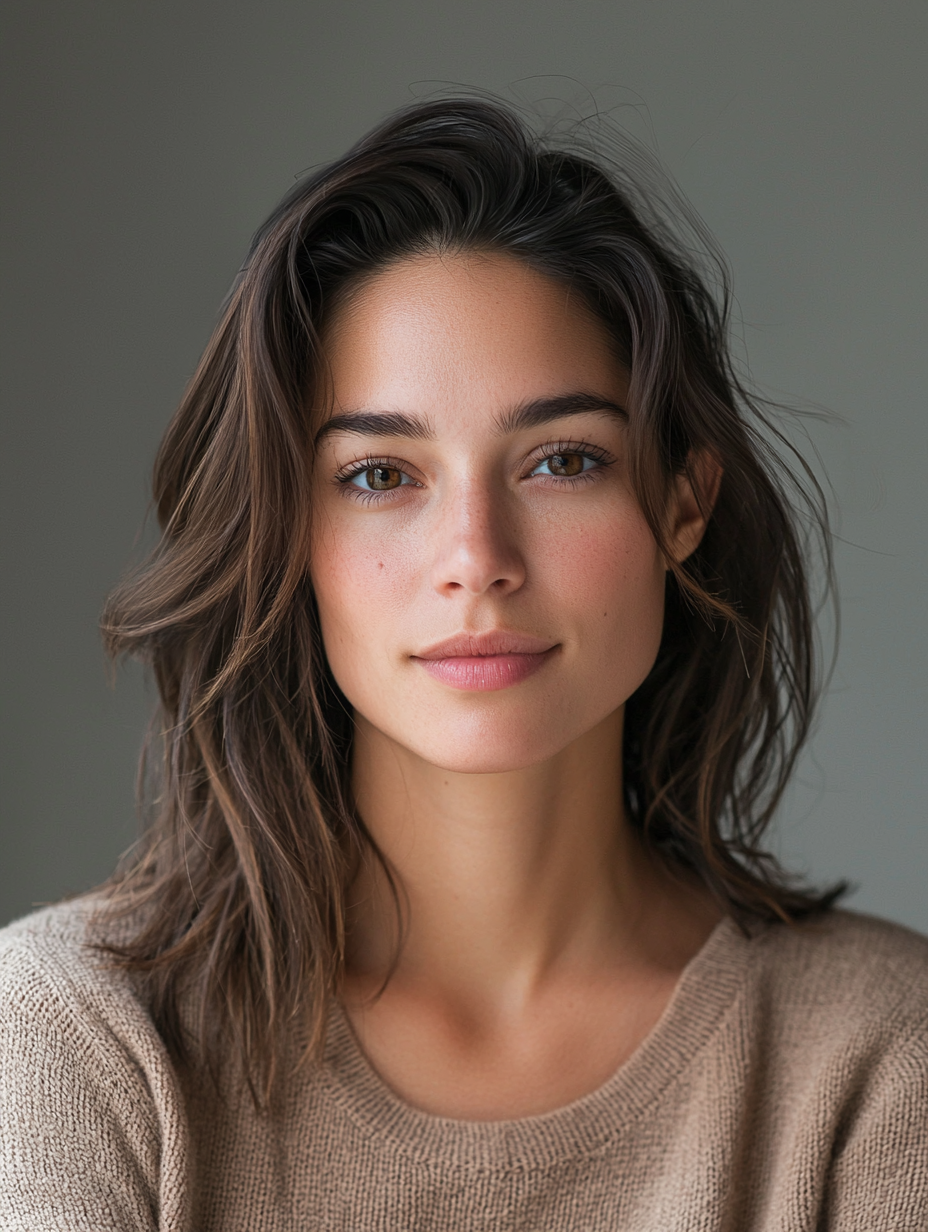
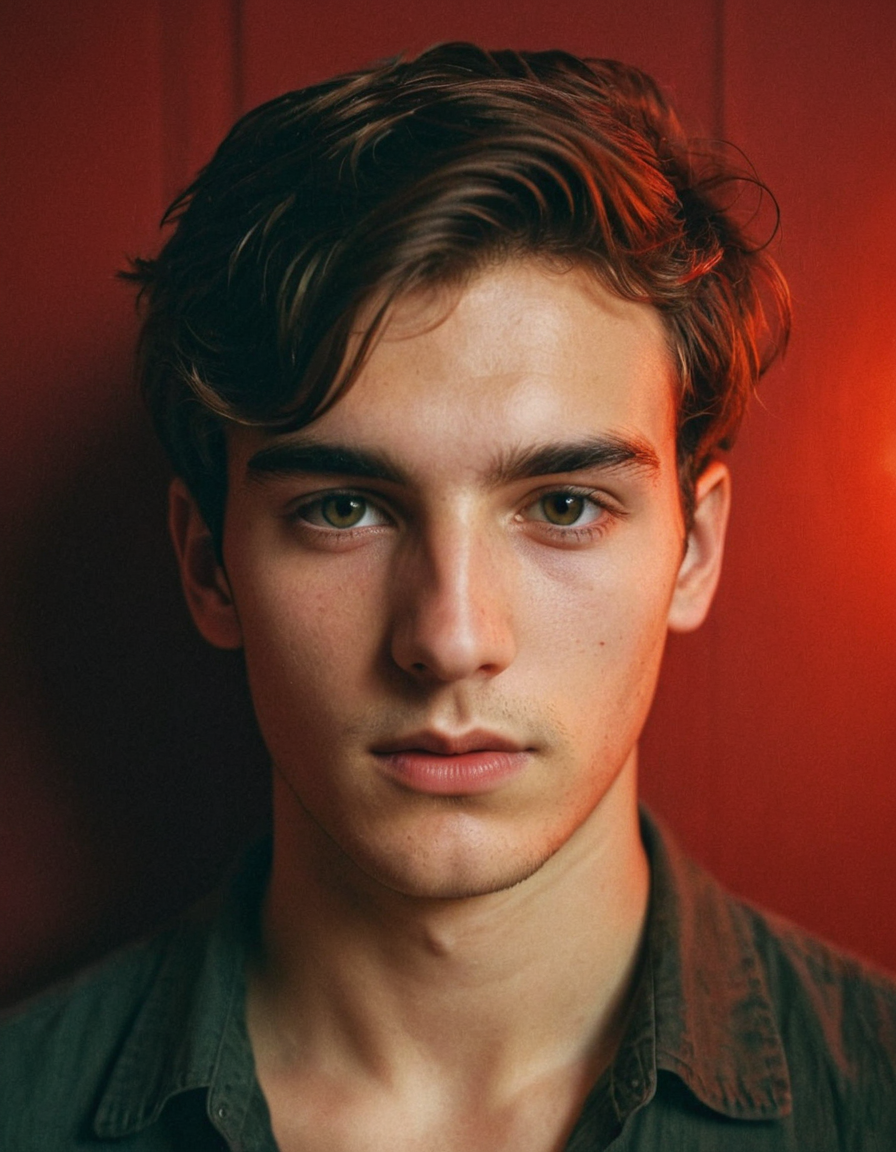
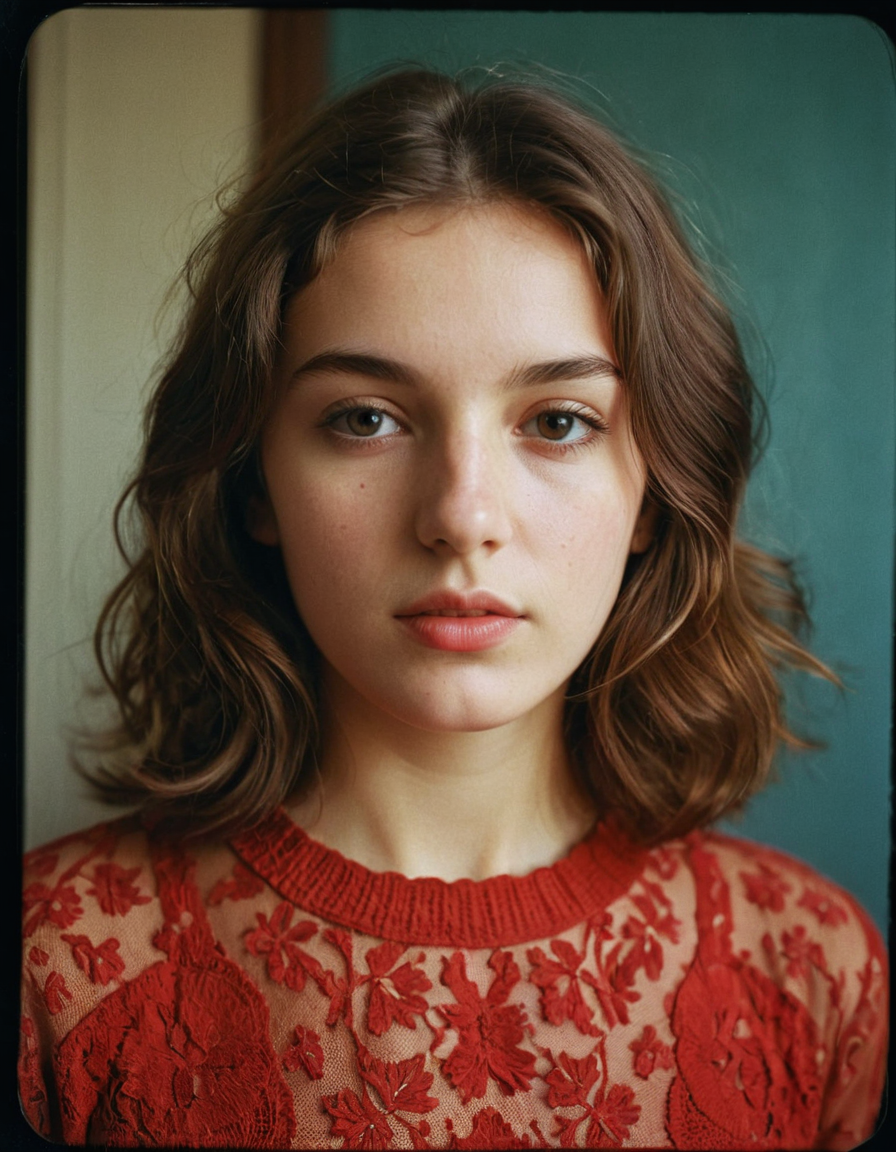
skin tones, body types, and styles
To work with diversity, I had to run some tests. Here are the results:
To work with diversity, I had to run some tests. Here are the results:
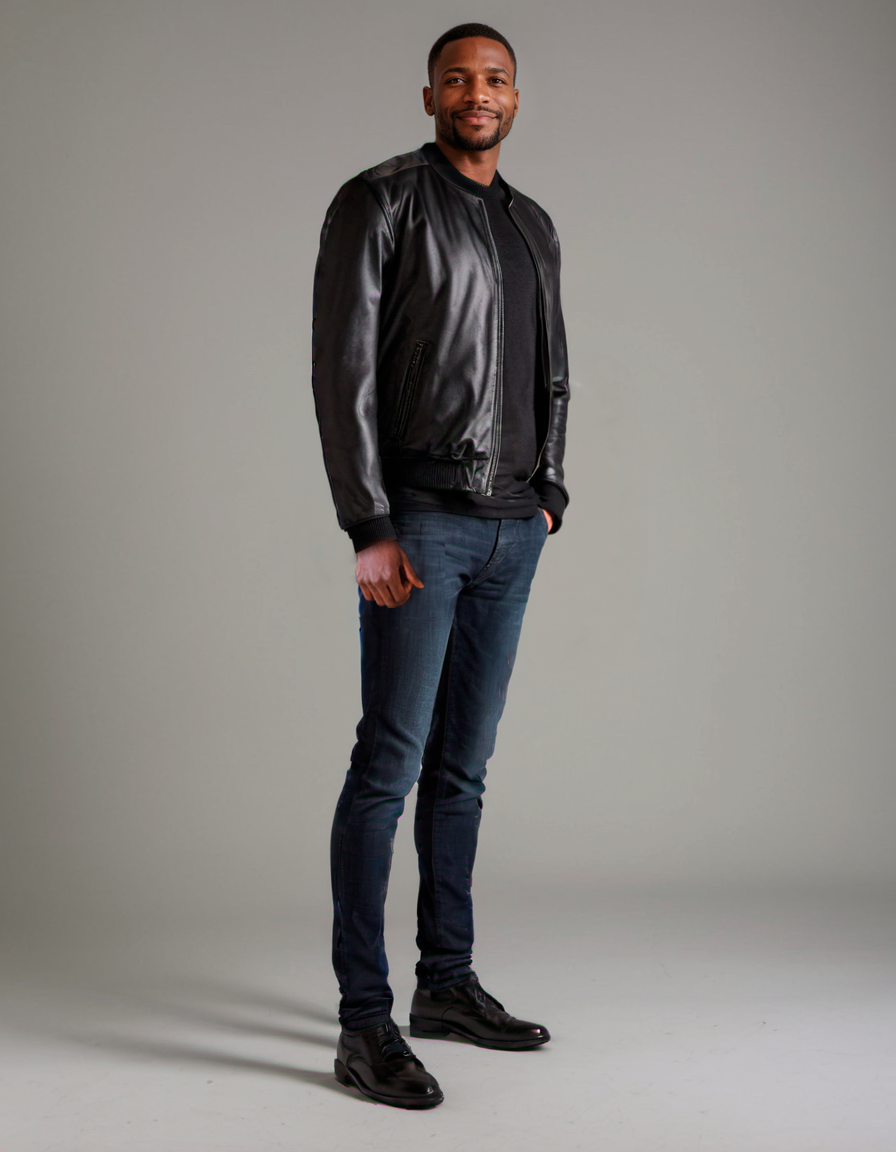
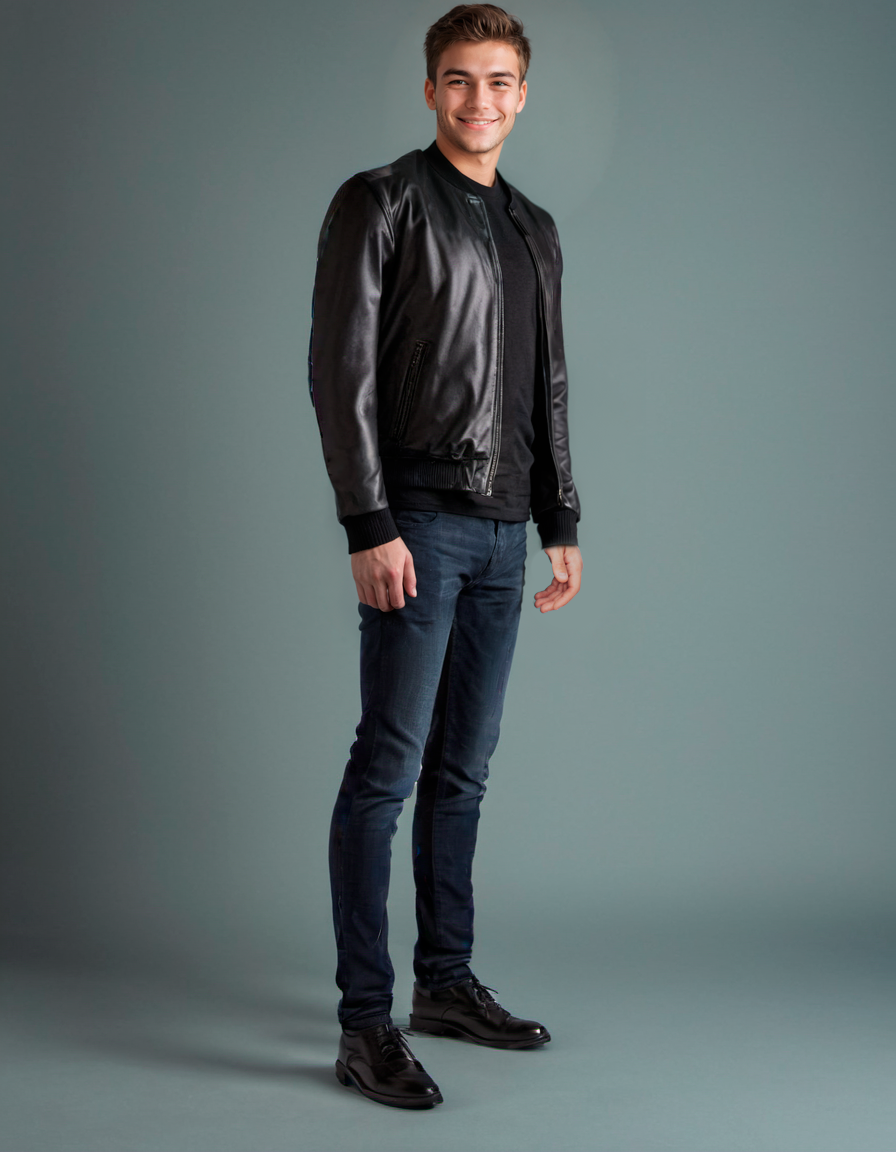
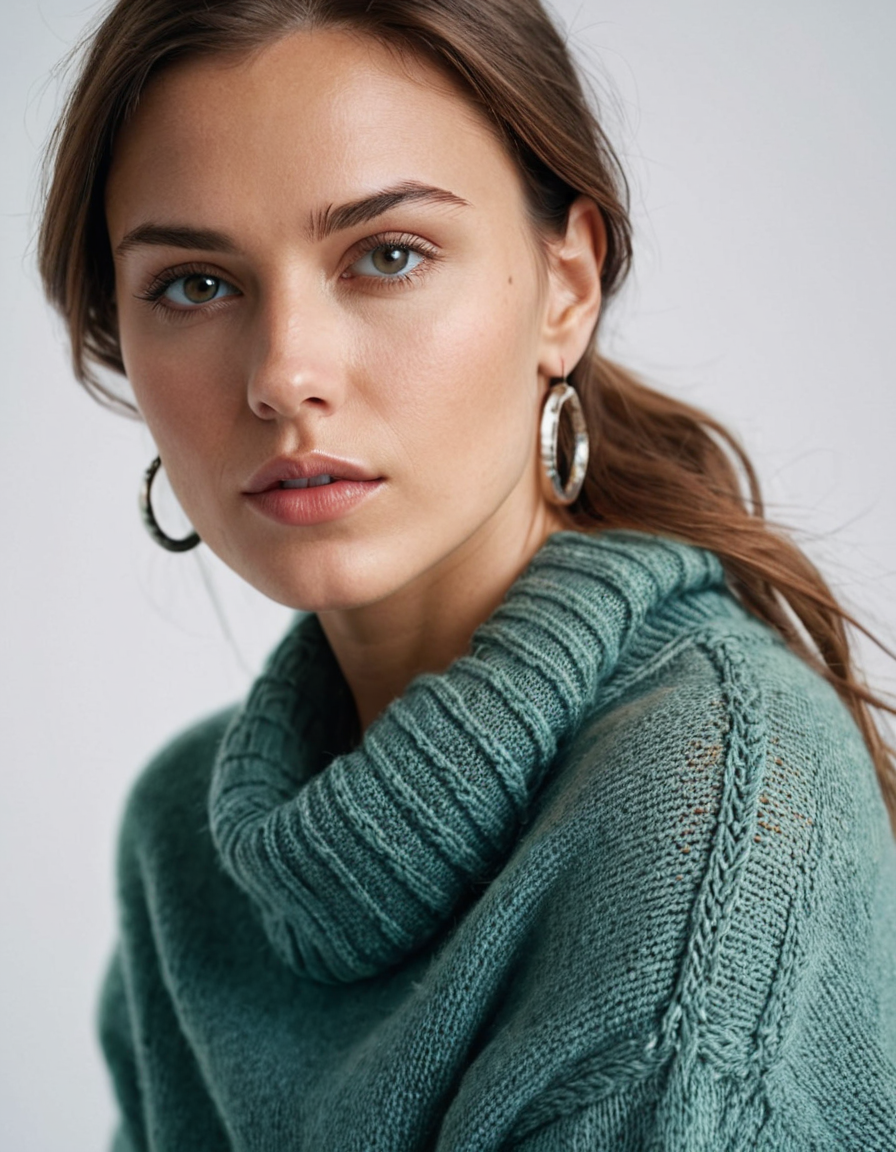
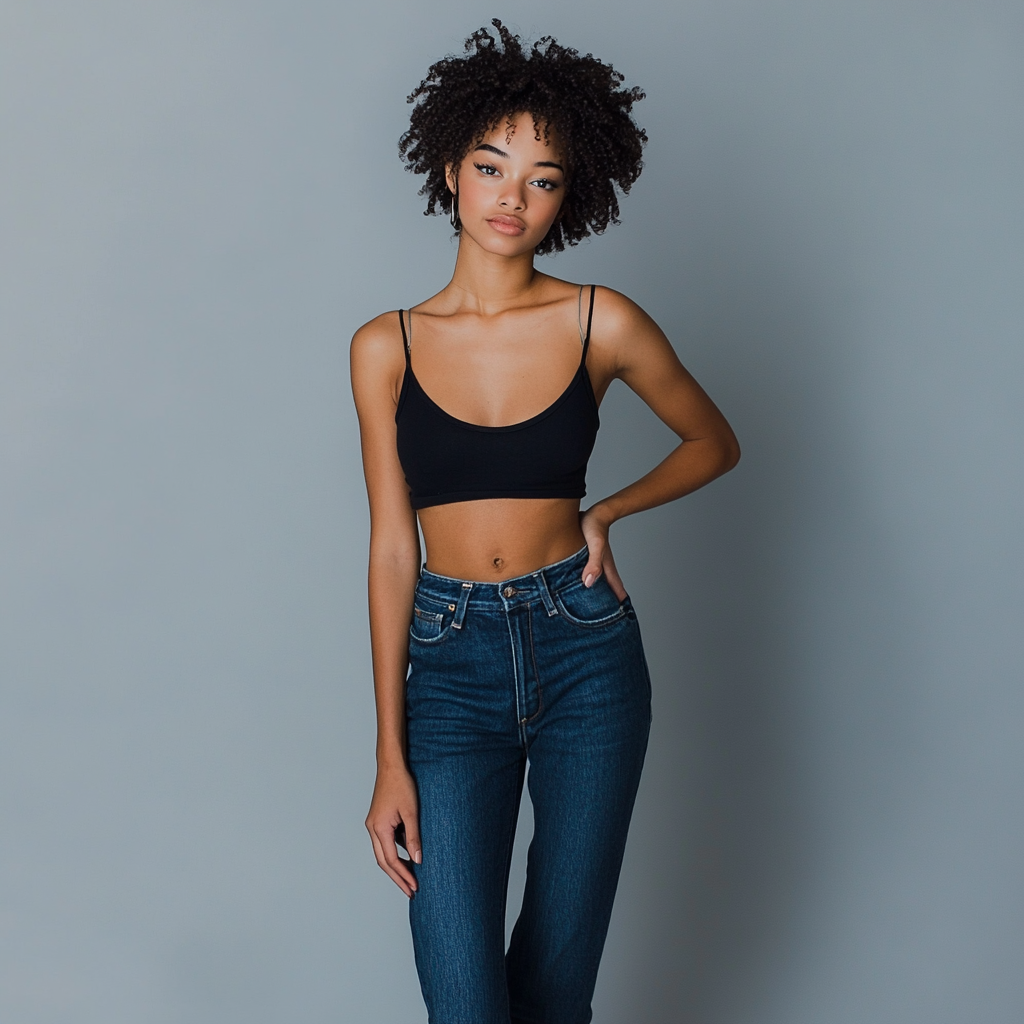
🔧 Fixing weird AI artifacts (hands, faces, anatomy…)
"AI weirdness" can be really annoying.
Even with good realism, hands and eyes often come out distorted.
Inpainting—selecting and regenerating parts of the image—can help, but results vary.
Installing LoRAs (lightweight add-ons that improve specific features) sometimes improves hands.
When all else fails, manual retouching in Photoshop using references is the way to go.
And sometimes… just hide the hands in pockets.
"AI weirdness" can be really annoying.
Even with good realism, hands and eyes often come out distorted.
Inpainting—selecting and regenerating parts of the image—can help, but results vary.
Installing LoRAs (lightweight add-ons that improve specific features) sometimes improves hands.
When all else fails, manual retouching in Photoshop using references is the way to go.
And sometimes… just hide the hands in pockets.
Before & After

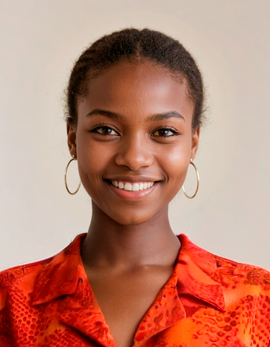
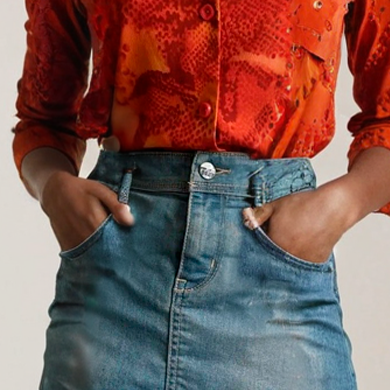
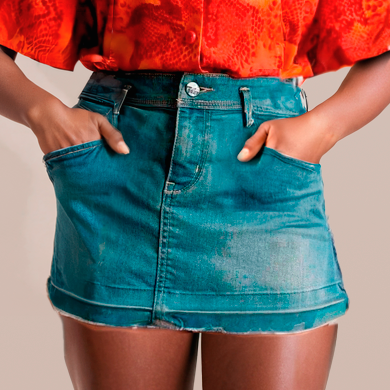
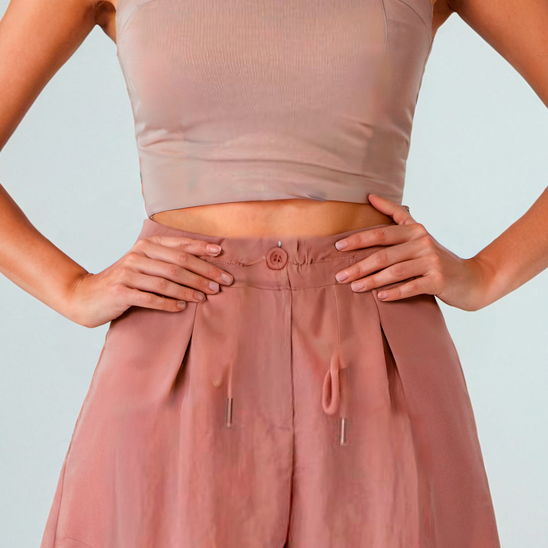
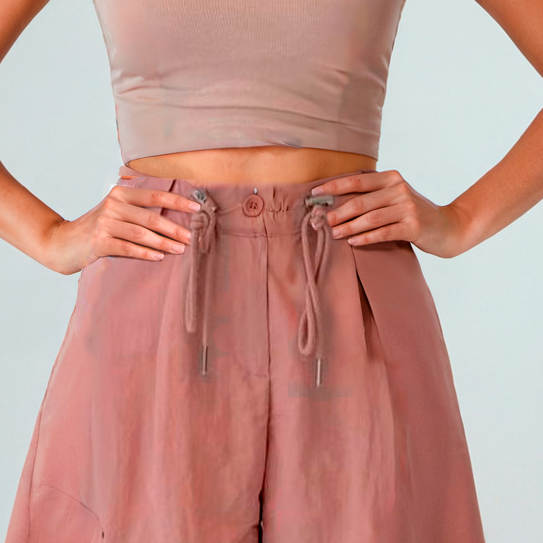
👗 Applying Real-World Clothing
Most workflows apply outfits to AI-generated models by using the clothing image as a prompt and masking out the original outfit with inpainting. The AI then replaces the marked area with the new clothing—usually with about 90% accuracy.
Most workflows apply outfits to AI-generated models by using the clothing image as a prompt and masking out the original outfit with inpainting. The AI then replaces the marked area with the new clothing—usually with about 90% accuracy.
Not fully satisfied, I applied a different approach: instead of replacing the outfit, I preserve it. I start with the clothing image, mask the outfit to protect its details, and then let the AI generate a model around it. This results in more natural integration and better fidelity to the original garment.
Thank you for diving into it 🎨 created with care and passion.
